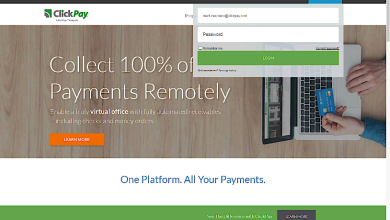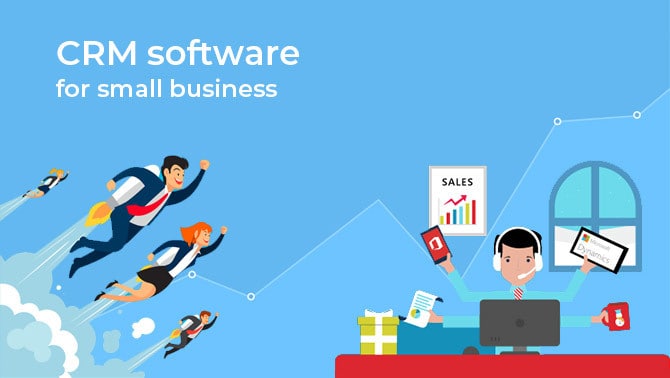
You’ve probably heard the term “hoarding” before. It likely conjures images of a house packed to the ceiling with random furniture, old newspapers, and possibly several cats. But did you know there’s also such a thing as knowledge hoarding?
Knowledge hoarding is when an employee holds key information that they don’t share with others. Whether it’s intentional or not, this can be a costly issue for your company. The withholding of vital details can cause an over-dependence on a few key employees. Furthermore, it doesn’t allow for teams to collaborate as easily because they waste time tracking down information.
When employees leave the company, it can create a huge gap in knowledge. As your company scrambles to find the needed documents, it can be difficult to onboard a new hire. Even if employees are willing to share the information, they may not know where it’s stored.
Working toward a collaborative culture can save time and help your organization achieve higher levels of efficiency. It can also help with productivity and growth for your company. Keep reading for tips on how to solve your company’s knowledge-hoarding problem.
Document Your Processes
One hugely positive step toward ending knowledge hoarding in your organization is to create a system for process documentation. Some positions are more operational, and this is especially necessary for those roles. But no matter the position, having your processes documented is beneficial to your organization. Depending on the size of your company, creating a process documentation template could be helpful from a standardization standpoint.
These documents could look like technical, standard operating procedures for a lab or a playbook for monthly tasks for an administrative assistant. They’re especially helpful in times of transition or emergency.
Think about what would happen if the office manager at your company were to need emergency surgery. What would you do? Do you know the vendor for the copy machine or who unlocks the door each day? What about where the keys to supplies closets are?
Knowing these things can enable others to fill in during unforeseen situations. It also helps you train the next employee without the potential for lost information. The new hire can read through the position manual to get a better understanding of the day-to-day of the position. They can also refer to it as a reference guide while they learn the role.
Utilize Shared Drives
Often, employees are not purposely withholding information from their colleagues. They just might not realize the way they store and save documents lacks efficiency. An example of this is saving documents in emails or on local desktops as opposed to drives everyone can access.
Searching for old documents is time-consuming. It’s even more challenging to find old documents that someone else created. And if they’re on a personal computer, that information leaves with the employee.
Using shared drives and folders can prevent the loss of information. Some organizations may do this by using SharePoint or Google Drive. Others might create Microsoft Teams channels. Whatever the case may be, let employees know the preferred method for saving and sharing documents.
These shared drives can boost productivity and decrease duplicative work, too. Multiple people can edit a PowerPoint on their Teams channel at the same time. Editing in this way ensures everyone is seeing the current version of the document. Searching back through emails for each change is time-consuming and can result in errors.
If you’re requiring process documentation now, include a sheet on the company’s standards for sharing and storing information. Have this document be part of your onboarding training. It will help everyone to be on the same page from the start.
Foster a Collaborative Culture
While in many cases knowledge hoarding isn’t intentional, sometimes it is. There are employees who want to feel irreplaceable. Ego and concern for job security can get in the way. Some people may think that if others know their processes, they will take their position.
But the reality couldn’t be more the opposite. If employees share what they do, it shows co-workers the value they bring to the table. It enables people to see the work that’s being done as opposed to wondering what different employees do. It also fosters a level of transparency in the company.
This transparency allows for others to see how teams are connected. It can also help in creating a collaborative culture where teams work together to better the organization. Working as a team instead of as individuals can help move the company forward.
To start fostering this type of culture, look at your leadership team. Do you and the other leaders and managers share information? Model the behavior you seek. Taking this top-down approach shows employees you’re serious about the goal. Seeing transparency and sharing from leaders also can build a level of trust with your employees.
Knowledge hoarding is a serious issue for many organizations. This costly problem takes time and money from other areas in the company. By requiring process documentation, utilizing shared drives, and fostering a culture of collaboration, you can put a stop to knowledge hoarding. Start by modeling desired behavior within your leadership team, then work toward building the collaborative, productive, and transparent organization you know is possible.




